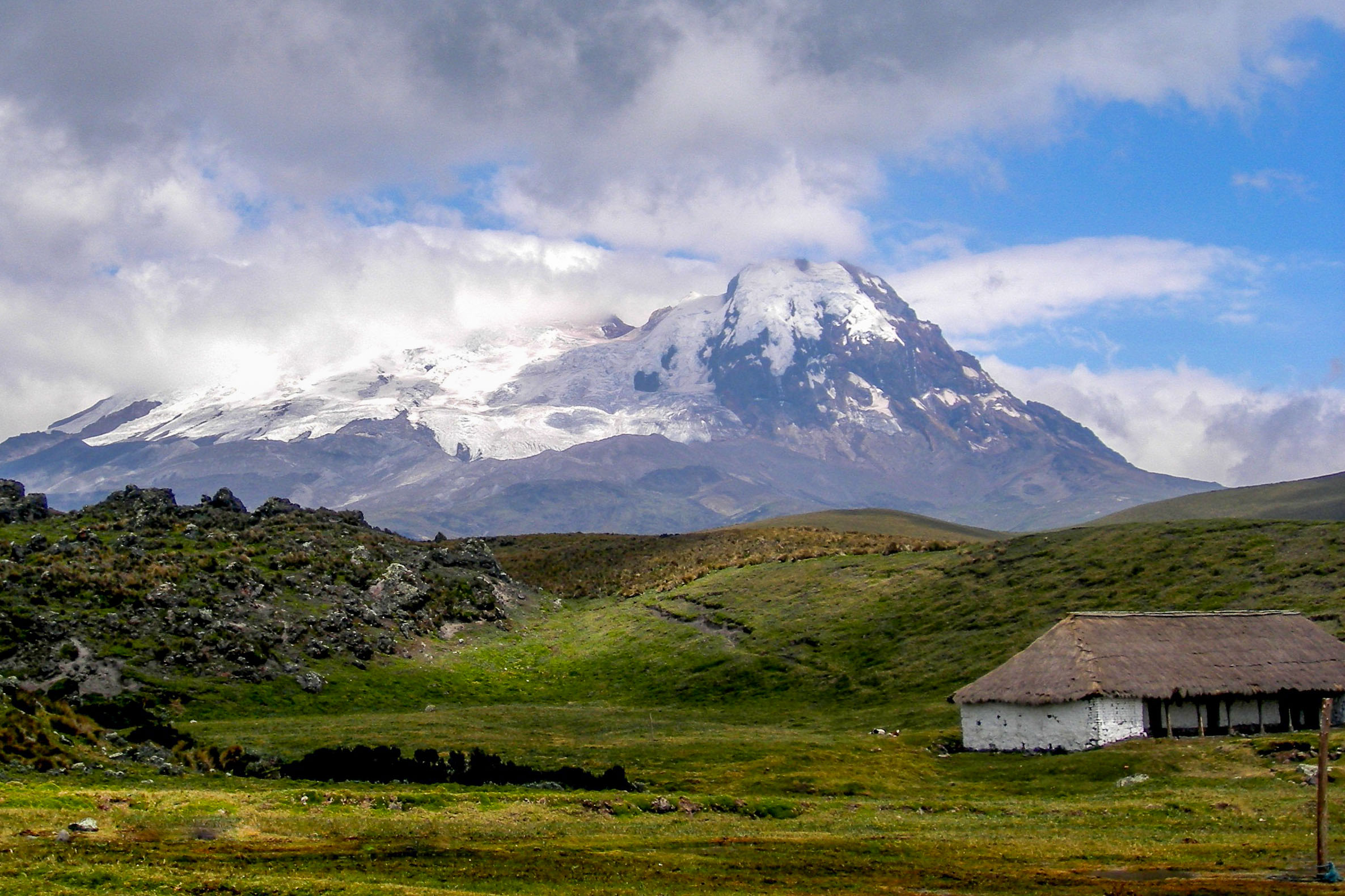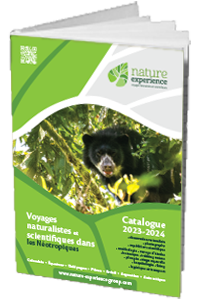During the 18th and 19th centuries, many European explorers, scientists and adventurers set out on their adventures in the virgin lands of the New World. They were self-financed by their family wealth or commissioned by the various colonial states of the old continent. They set off to discover unexplored lands. Either to extract, record and describe new species, customs, landscapes, historical, climatic and geological facts. Or simply to quench their thirst for curiosity, or perhaps to become rich and famous.
Alexander von Humboldt’s voyage to America
Between 1799 and 1804, a young German scientist also came to explore the territories of New Spain and the New World. This extraordinary journey is considered a rediscovery of America. Alexander von Humboldt, geologist and ecologist, was one of the precursors of oceanography and climatology. He was the first to consider nature as a whole. His scientific exploration of South America was exceptional. It forever influenced the foundations of modern ecology and the way in which neo-tropics work.
A naturalist, geographer and explorer, Alexander von Humboldt was one of the first men to carry out a proper scientific exploration of South America.
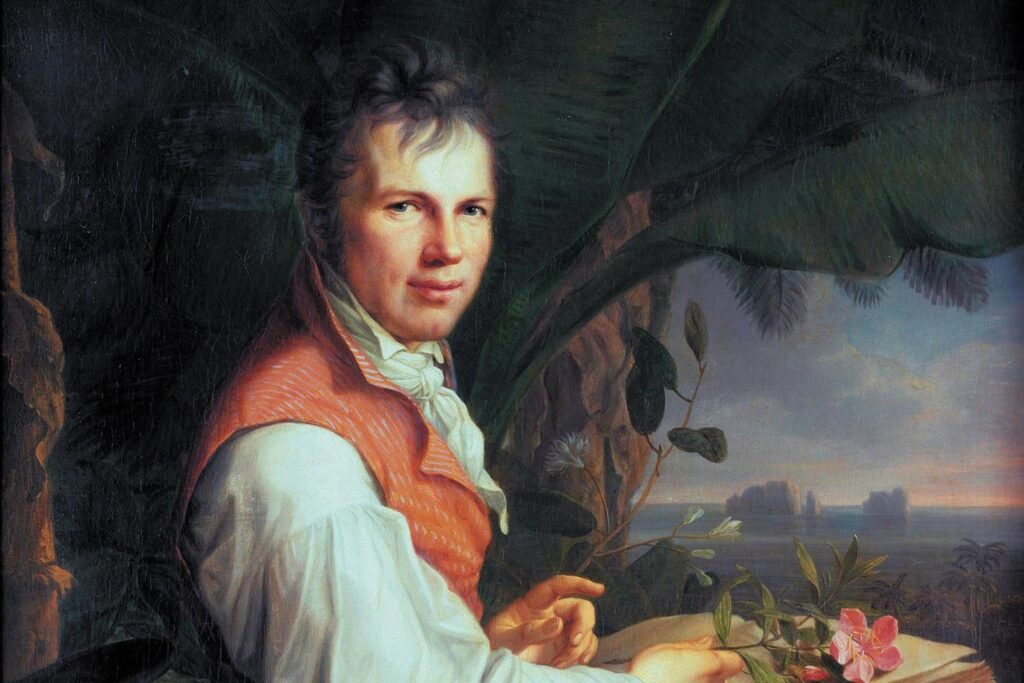
Humboldt’s major ambition during his trip to the Americas was to discover the interaction of the forces of nature and the influences exerted by the geographical environment on biota.
Anxious not to lose any of his observations, he was meticulous and orderly. So meticulous, in fact, that he filled his little logbooks with a wealth of data. In the botanical section, for example, he described over 4,000 species with drawings, engraved figures and so on. He also wrote down the plants’ medicinal properties, uses and distribution. All this, based on oral communications at his various local meetings and his own analyses and conclusions. Alexander also collected plants, dividing them into 3 collections and sending them out as he went along. In all, he recorded over 20,000 specimens.
This great botanist also set himself the goal of proving the existence of a natural channel between the Amazon and Orinoco water basins. During this journey, he continued to collect, record and observe the plant species and fauna he encountered. He also recorded the temperature of the various rivers, soils, waterholes, atmospheric pressure, magnetic inclination, longitude and latitude of each remarkable spot… The aim was to be able to relate these data to one another. Ultimately, the aim was to better understand the distribution of biodiversity and the ecological mechanisms of species dispersal.
Thanks to his surveys, notes, descriptions and interpretations, he came to the conclusion that all doubt could be removed: a topographical, geological and ecological connection did indeed exist between the Amazon and Orinoco rivers!
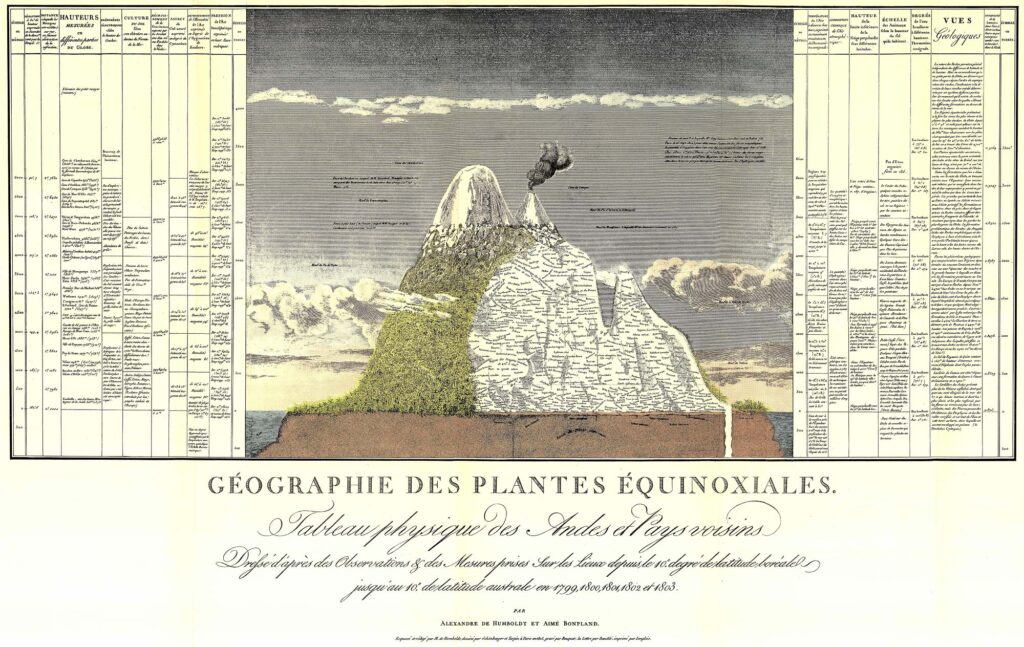
The other great discovery of this odyssey and these observations is directly linked to the South American spine.
Humboldt’s ambition was to link Quito to Lima via the Andes. So, when he arrived at Chimborazo, Ecuador’s highest peak, he set out to climb the 6298 m peak. At the time, this volcano was considered the highest massif in the world! Unfortunately, he was unable to reach the summit, and only reached 5,878m. Quite a feat for its time, however.
Although far from being the world’s highest peak, Chimborazo remains a special landmark. Indeed, its geographical position makes it the furthest point on earth from the center of our planet. This is due to the flattening of the Earth at its poles. Above all, Chimborazo is very close to the equator.
Thanks to this feat, he deduced that the alignments of volcanoes and mountain ranges were formed along geological faults. He would later deduce the geological origin of the Andes mountain range, explaining the tectonic movements that formed it. He also developed one of his most remarkable theories. That of the similarities of vegetative populations according to latitude and their relationship in terms of biodiversity according to the corresponding altitudinal gradients.
He observed drastic changes in vegetation communities according to altitude. In particular, along the Andean foothills and in the inter-Andean valley. From this, he deduced that differences in radiation, precipitation and atmospheric pressure have a direct influence on diversity at different altitudes. Just as latitude does, but on a different scale. This concept has now been integrated and used to highlight the majority of natural neo-tropical “hot spots”. And in particular those in Colombia, Ecuador and Peru.
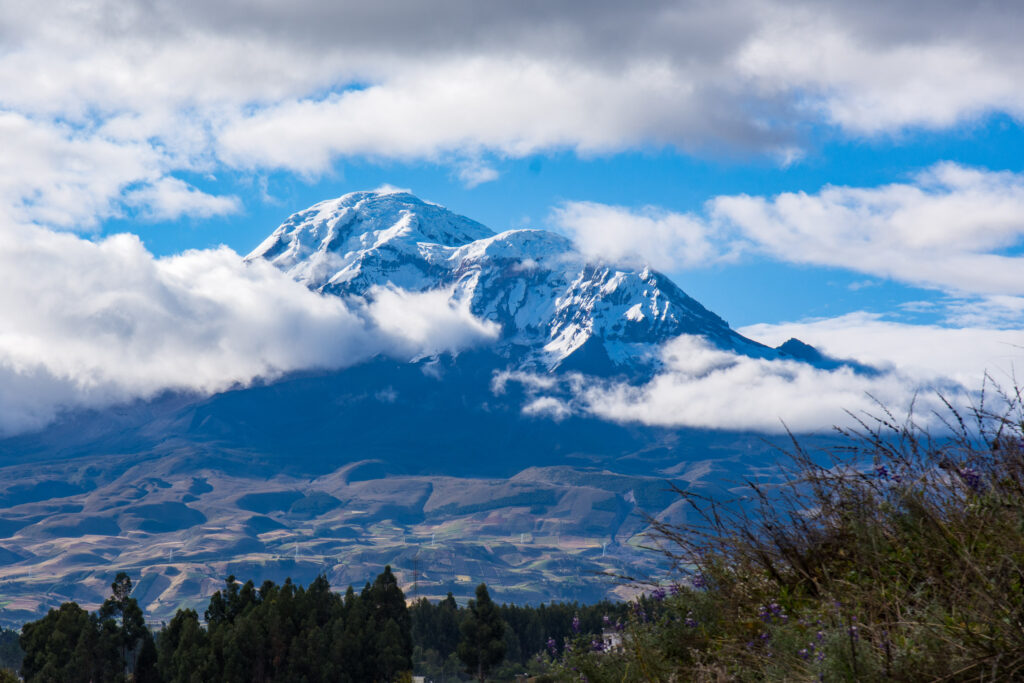
Our great Berlin traveller also invented some of today’s great concepts and terms such as isobaric and isothermal.
He was also the first to develop the concept of the Equator as a magnetic line. He was also the first to develop the concept of the Equator as a magnetic line.
Humboldt also lent his name to one of our planet’s most important ocean currents, which bathes the Galapagos archipelago. But also to a mountain range in Mexico, a peak in Venezuela, a glacier in Greenland, a bay in Colombia and a waterfall in Tasmania. Its name has also been given to numerous animal and plant species, and even to one of the Moon’s seas. Andrea Wulf has written The invention of Nature, one of the most comprehensive works on the work of this German thinker. We also recommend reading Olivier Dangles’ magnificent Natura Maxima, a photographic and scientific epic about Ecuador, in which Humboldt plays an integral role.
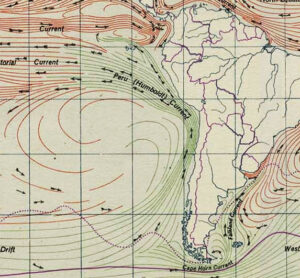
If you want to discover Ecuador like Alexander von Humboldt, Nature Experience can help you on your journey. Whether you want to explore the Amazon or the Andes, or take part in naturalist, birdwatcher, botanist or trekking tours, we can satisfy your budding explorer desires!
To find out more, click here:
- Trips to Ecuador
- Trips to Galápagos
- Naturalist trips in South America
- Botanical trips in South America
- Birdwatching tour in South America
By Xavier Amigo
